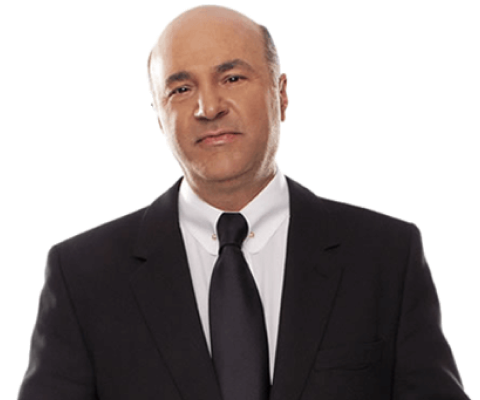How Do I Cancel Someone Else's Trademarks?
Trademark Cancellation
Trademark Cancellation Proceedings in the US and Canada allow you to request the trademark office inquire whether that trademark owner is still using the trademark. If they cannot prove continued use, the trademark office will remove that mark from the register in a process known as “clearing the dead wood.”
In Canada, anyone can request cancellation. Usually, a law firm or trademarking company applies on behalf of an anonymous client, protecting their identity.
In the United States, only the trademark holder can request the cancellation of another mark. Unlike Canada, you must explain why the trademark office should make that request. You must prove your genuine interest in killing the other trademark.
The Basis for Cancellation
You must genuinely believe the other trademark is not currently in use. The system is not there to harass other trademark owners.
Unless you are confident the trademark is abandoned, you may only challenge brands not used for three or more consecutive years. The US and Canada will not cancel a trademark if the owner can show usage anytime during the previous three years.
The intention to resume use in the near future is sufficient to save a trademark from cancellation in the US.
Even in bankruptcy, closed doors, and without a website or social media, cancellation proceedings are a last resort if the trademark registration is less than three years old.
How Cancellation Works
The registrant receives a cancellation notice from the trademark office in Canada and the United States.
Canadian registrants must file evidence that predates their receipt of the cancellation notice. That evidence includes receipts, invoices, labels, screenshots, and any evidence demonstrating the use of their brand before receiving notice.
Absent that proof, Canada will remove the mark from the register if they do not respond.
If the registrant’s arguments are successful pursuing cancellation can become complicated.
You must then convince the government this evidence is lacking. Also, you may succeed in a partial cancellation. But you must be confident that you are not attacking someone honestly and openly using their trademarks when pursuing cancellation.
Unless it’s obvious the market is no longer in use, you are wasting valuable time and money.
In the US, the respondent needs merely to say, “yeah, yeah. We still are using it. Now prove that we are not.” It is up to the petitioner to show the mark is not in use. Since proving a negative is difficult, this can become protracted and expensive.
Responding to an Office Action
What if you receive an Office Action citing fusion with an existing trademark? You can argue that the two marks are not that close and not confusingly similar. Or, you can seek to kill the threat through the cancellation process.
Cancellation proceedings are the better option because your trademark will get stronger when the other mark is no longer a threat; you don’t have to worry about further arguments or evidence.
Protect Your Interests
You can protect yourself from high costs and save significant time with Trademark Factory® and our all-inclusive flat rate 100% money-back guarantee to successfully register your trademark.
Let our team of professional trademark attorneys and highly trained specialists do the heavy lifting. Take the burden of responding to office actions and issues like cancellation proceedings off your plate, and let us do what we do best.












